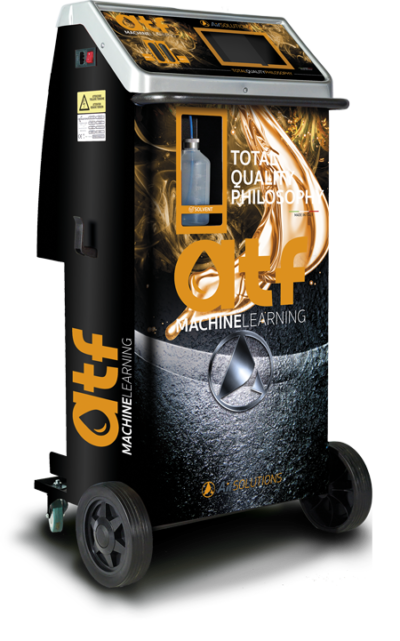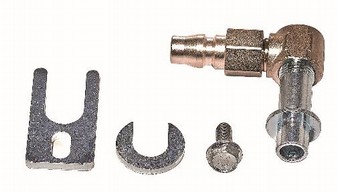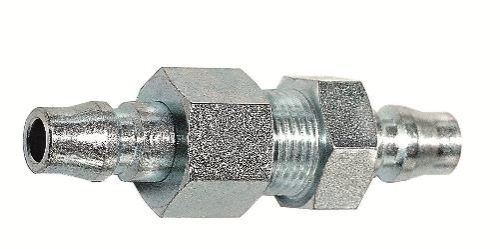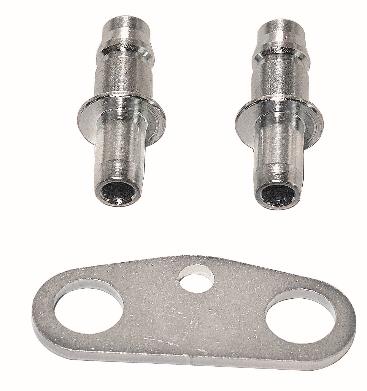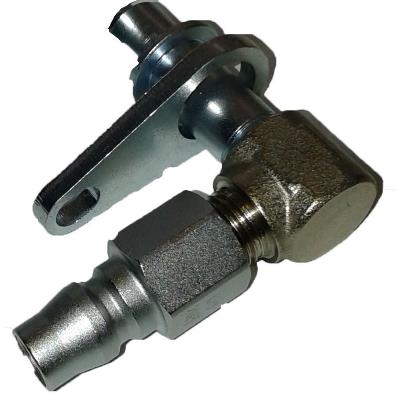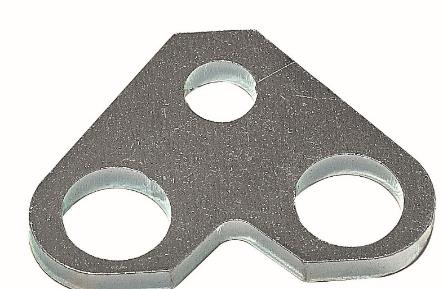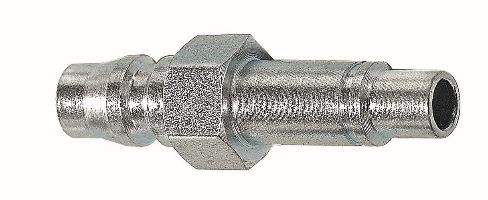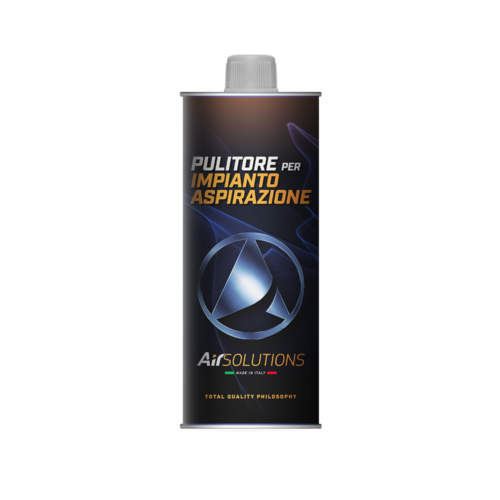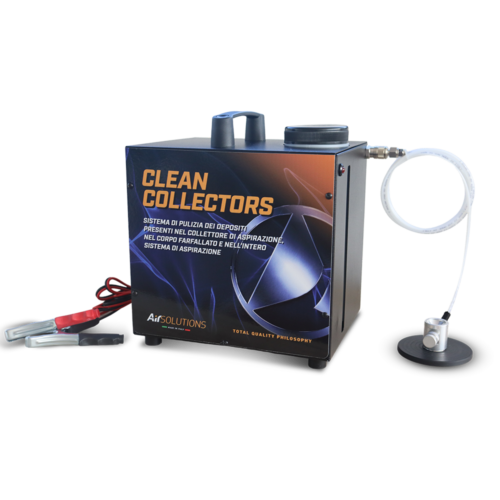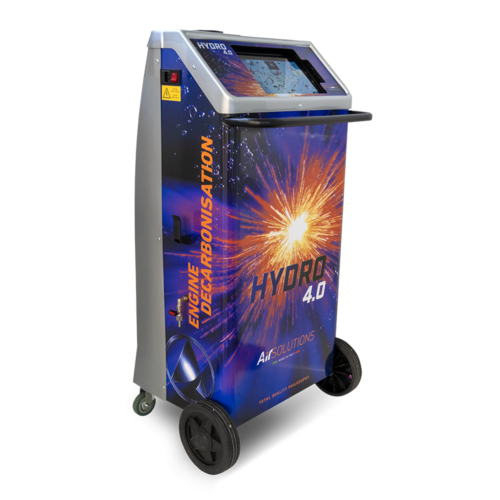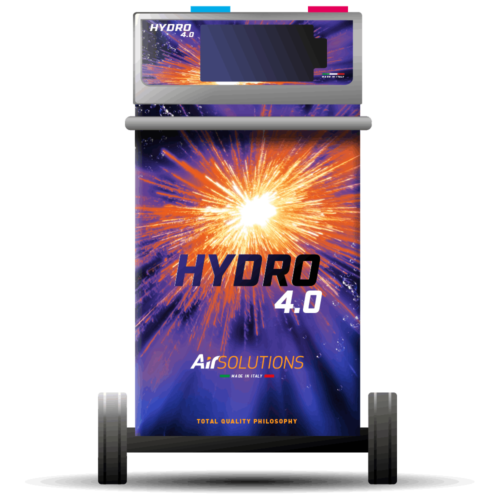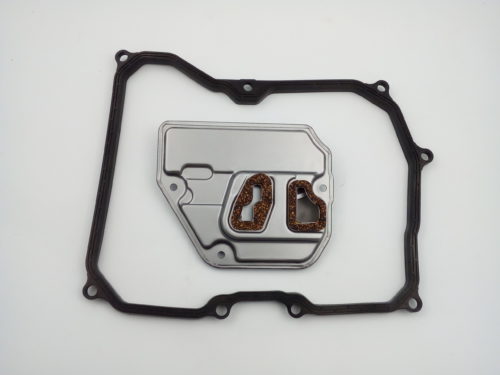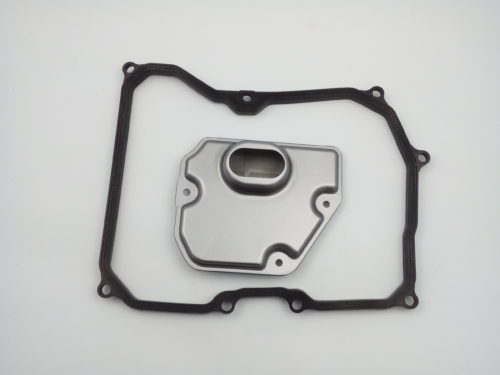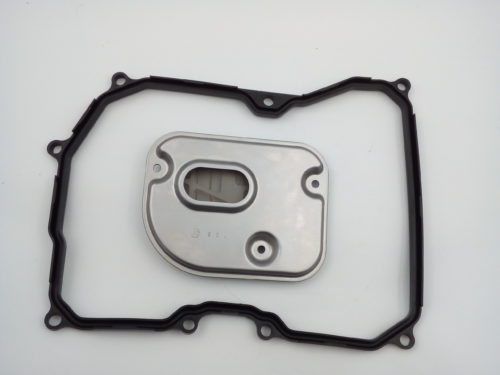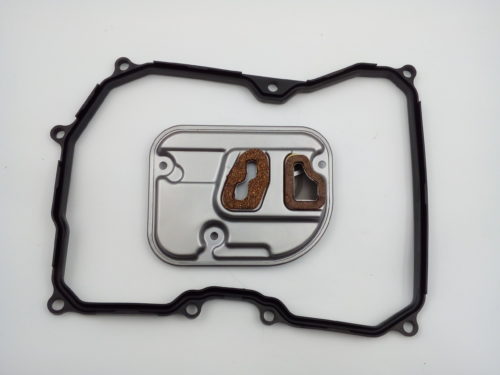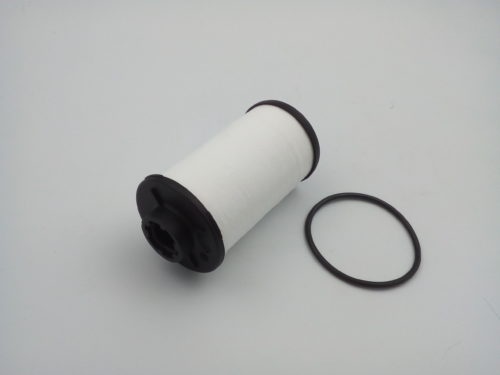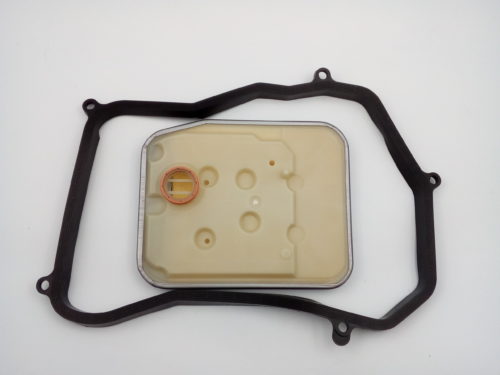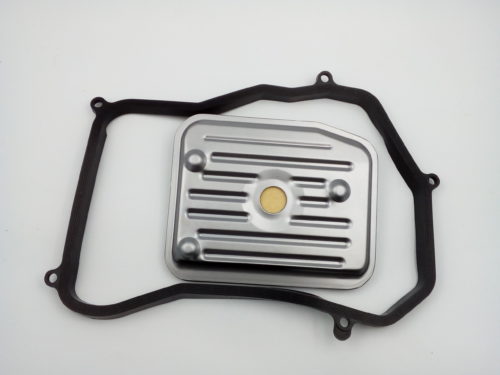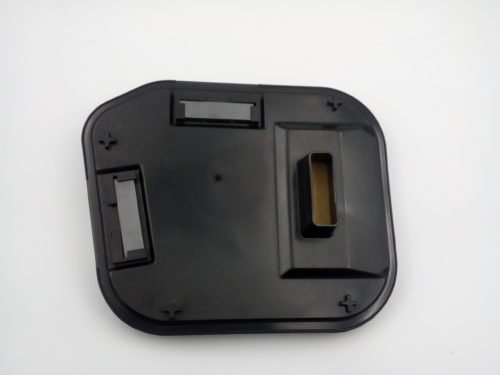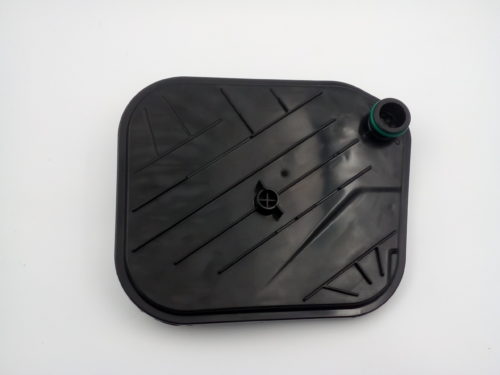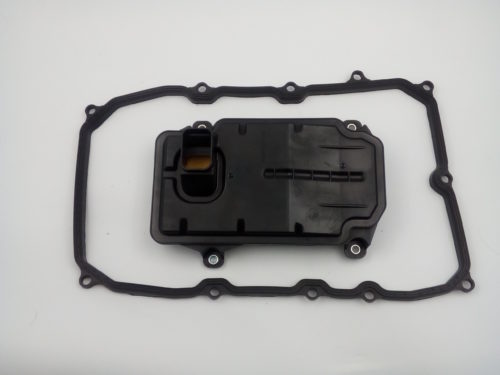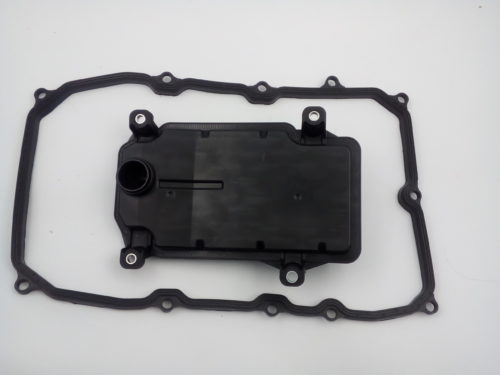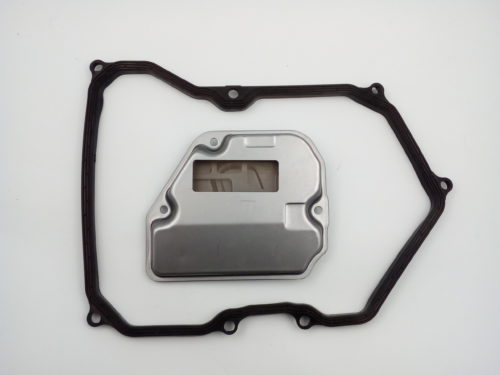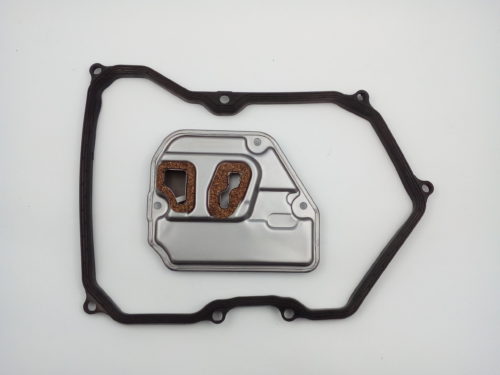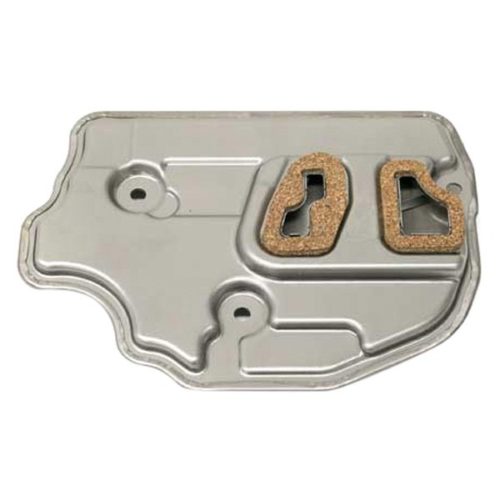MAINTENANCE OF
AUTOMATIC TRANSMISSIONS

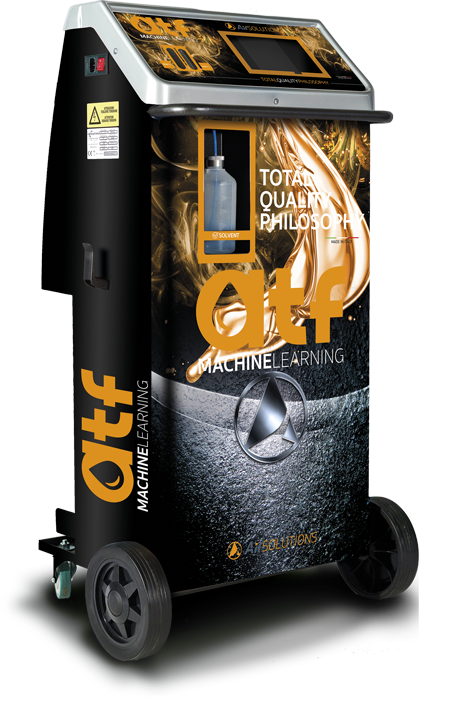

ATF MACHINE LEARNING
Today all manufacturers provide procedures for the control and replacement of the oil present in the automatic transmission since 50,000 km.
The task of the oil in an automatic transmission plays a fundamental and increasingly delicate role as:
- Transfers the torque by means of the torque converter
- Removes heat and conveys it to the cooling system
- Removes debris and polluting residues from the hydraulic system
- Allows the operation of hydraulic and electro-hydraulic components
- Prevents oxidation and breakage due to overheating
In summary, the main functions of the oil present in an automatic transmission are:
- Lubricate
- Cool
- Transmit torque
- Isolate
- Seal
The deterioration of the quality of the oil present in an automatic transmission is due to the rise of its temperature that arises:
- From torque transmission between gears
- In clutches and belt brakes
- In the torque converter
- In the pump and pressure passages
- In clogged or dirty heat exchangers
All this causes:
Increased acidity:
- Metal corrosion
- Destruction of oil additives
Metal expansion:
- Leaks in seals
- Deformation sealing rings
- Valve block
Formation of lacquer deposits:
- Obstruction oil passage
- Valve seizure
- Filter clogging
The oil deterioration of the automatic transmission can also result from:
Presence of water:
- Emulsion formation
- Rust formation
- Surface corrosion
- Sludge formation
Decrease in lubricating power Washing additives:
- Too aggressive
- Not removed Presence of air/oxygen:
- Oxidation formation
- Destruction of additives
- Formation of deposits
- Foaming
- Increase in cavitation
Presence of solid residues:
- Oxidation products
- Metal soaps
- Metal wear particles
- Rust/Oxide/Dust
These problems must be prevented by proper preventive maintenance of the automatic transmission consisting in:
- ATF oil replacement
- Filter replacement
- Internal washing automatic transmission
- Internal washing heat exchanger
- External cleaning of the exchanger/radiator
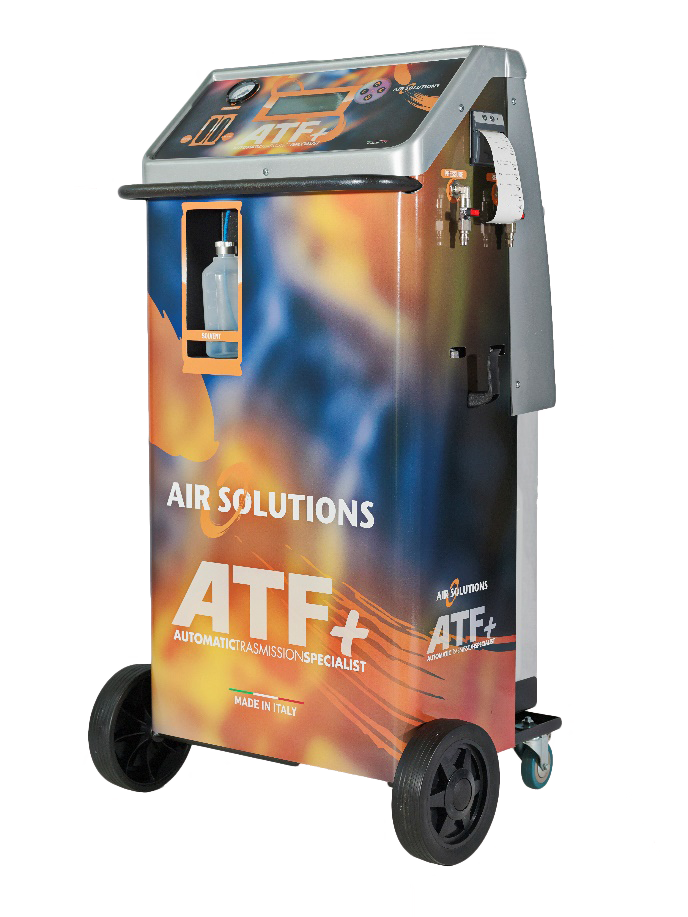

ATF +
Automatic procedures:
- automatic maintenance procedure
- automatic additive injection
- printing of each operation carried out
- automatic filter clogging detection function
- automatic level function
- temperature detection function
- automatic cooling system washing function√ credentials for database consultation with selection by brand / model, by engine code or by gearbox code ( validity 12 months). Data content:
Data content:
- oil specification and quantity
- maintenance interval
- working temperature
- code and photo of the original filter
- photo attachment points
- code and photograph of the fitting to be used
- photo maintenance procedures
- photo level point and level procedure
- email assistance for missing information in database


ATF MACHINE LEARNING
Today all manufacturers provide procedures for the control and replacement of the oil present in the automatic transmission since 50,000 km.
The task of the oil in an automatic transmission plays a fundamental and increasingly delicate role as:
- Transfers the torque by means of the torque converter
- Removes heat and conveys it to the cooling system
- Removes debris and polluting residues from the hydraulic system
- Allows the operation of hydraulic and electro-hydraulic components
- Prevents oxidation and breakage due to overheating
In summary, the main functions of the oil present in an automatic transmission are:
- Lubricate
- Cool
- Transmit torque
- Isolate
- Seal
The deterioration of the quality of the oil present in an automatic transmission is due to the rise of its temperature that arises:
- From torque transmission between gears
- In clutches and belt brakes
- In the torque converter
- In the pump and pressure passages
- In clogged or dirty heat exchangers
Increased acidity:
- Metal corrosion
- Destruction of oil additives
Metal expansion:
- Leaks in seals
- Deformation sealing rings
- Valve block
Formation of lacquer deposits:
- Obstruction oil passage
- Valve seizure
- Filter clogging
Presence of water:
- Emulsion formation
- Rust formation
- Surface corrosion
- Sludge formation
Decrease in lubricating power Washing additives:
- Too aggressive
- Not removed Presence of air/oxygen:
- Oxidation formation
- Destruction of additives
- Formation of deposits
- Foaming
- Increase in cavitation
Presence of solid residues:
- Oxidation products
- Metal soaps
- Metal wear particles
- Rust/Oxide/Dust
These problems must be prevented by proper preventive maintenance of the automatic transmission consisting in:
- ATF oil replacement
- Filter replacement
- Internal washing automatic transmission
- Internal washing heat exchanger
- External cleaning of the exchanger/radiator

